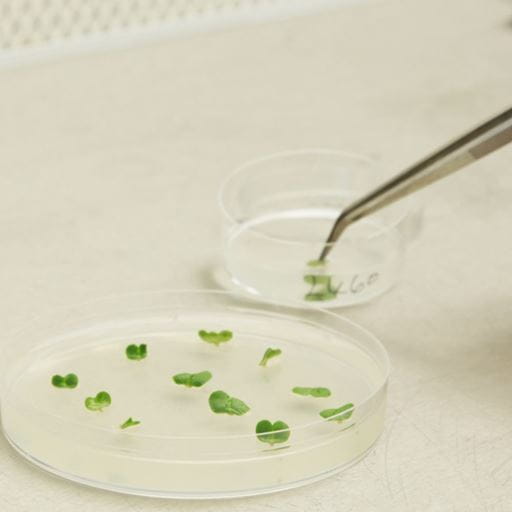This month is the 20th anniversary of a technology developed by a team involving a leading Essex academic which revolutionised plant transformation and genetic engineering.
Developed at the John Innes Centre, ‘pGreen’ is a small, circular DNA molecule, known as a ‘binary vector’ which is able to clone specific pieces of DNA from one plant and transfer them into the genome of a different plant – producing a genetically modified (GM) plant.
The ability to do this had been in existence before pGreen, but the available binary vectors were comparatively large and unwieldy, making them difficult to use. In contrast, pGreen was small, simple to clone and versatile in that it was able to carry a range of different reporter genes, in different versions.
At the time, postdoctoral scientist Roger Hellens, and group leader Phil Mullineaux, now head of our School of Life Sciences, were researching oxidative stress in plants, essentially trying to understand how plants deal with toxic side products of photosynthesis.
The popularity of the pGreen system is partly thanks to its versatility. The small size of the molecule makes it easy to clone and transform into and out of bacteria.
Professor Mullineaux explained “We took a deliberate decision to make the technology Open Source, where any scientist could order the version they required. I think this is the one of the main reasons pGreen has gone global, and is today used in thousands of laboratories, on a range of different projects.”
Professor Hellens added: “We also developed a website, which was not a trivial undertaking in 1996 and required us to learn HTML, but this was instrumental in making sure the plasmid and resources were easily accessible to the research community.”
Over the past 20 years pGreen has kept up and evolved with modern cloning techniques. Find out more on the John Innes website.

.jpg?mh=500&mw=500&hash=6568B6C9CCF5290A596BEF6678B6AD0E)




